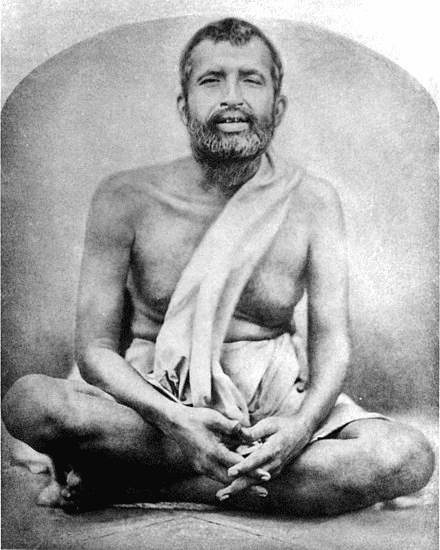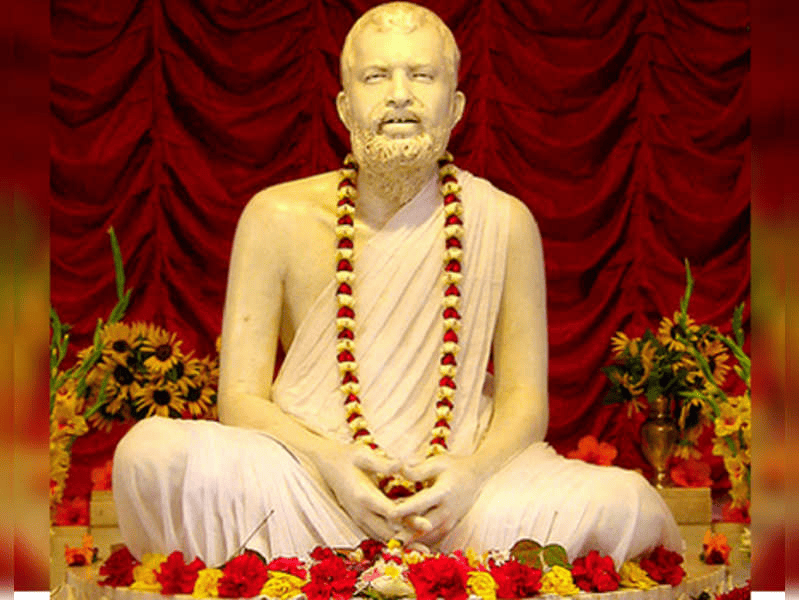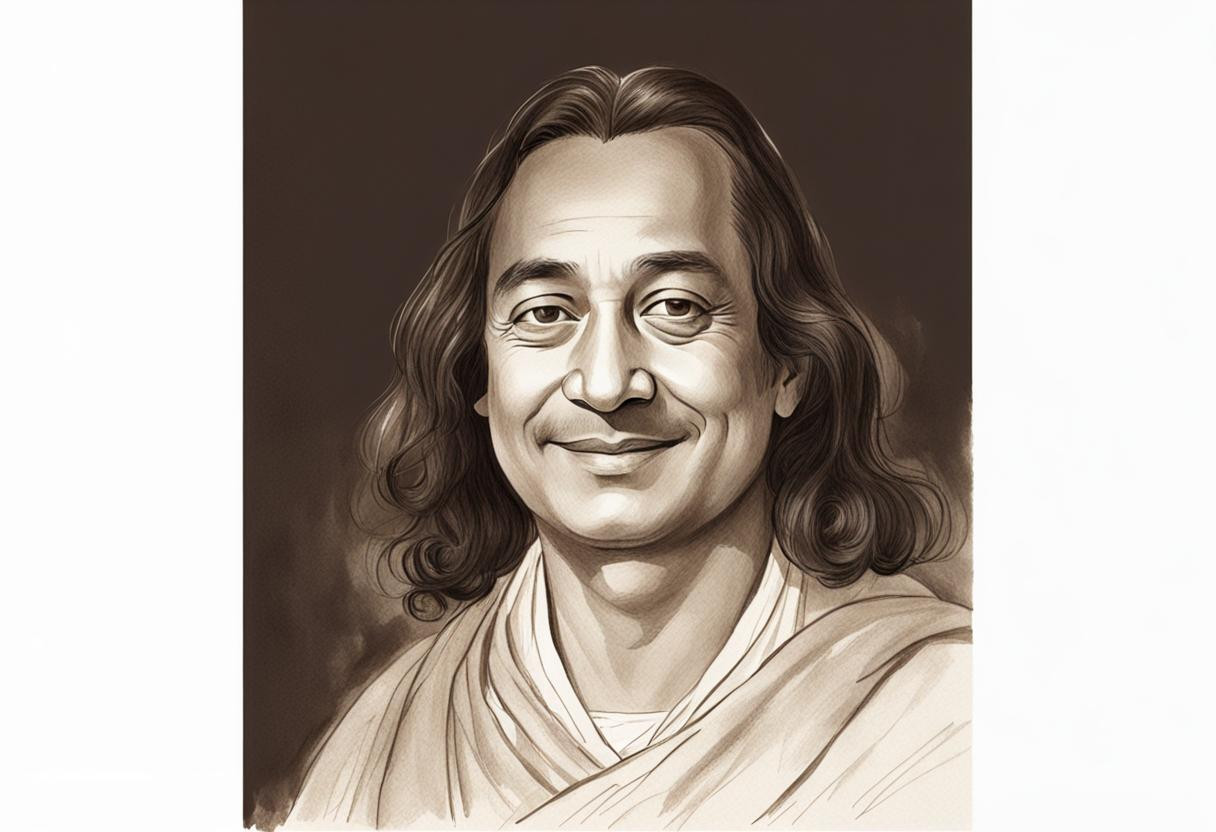Ramakrishna Paramhansa, born in 1836, was a renowned spiritual leader and mystic from India. His life and journey were marked by profound spiritual experiences and teachings that continue to inspire millions of people around the world. From his early devotion to the Devi (Goddess), to his encounters with disciples like Swami Vivekananda, Ramakrishna’s life holds immense significance in shaping Indian spirituality and society.
Summary
Ramakrishna Paramhansa, a renowned spiritual leader and mystic from India, had a profound impact on Indian spirituality and society. Born in 1836, he displayed an early devotion to the Devi (Goddess) and later embarked on a journey of self-discovery. One of his most significant encounters was with Swami Vivekananda, who later became his prominent disciple. Ramakrishna’s teachings emphasized religious tolerance and unity among diverse faiths. After his passing, his disciples formed the Ramakrishna Mission and Math to continue spreading his message through social service and education. Today, his legacy inspires millions seeking spiritual enlightenment and societal transformation.
Ramakrishna Paramhansa was born in 18 February 1836 in Kamarpukur, West Bengal, India.
Early Years and Devotion to the Devi
Ramakrishna was born into a devout Brahmin family in Kamarpukur, West Bengal. Even as a child, he displayed an intense inclination towards spirituality. His deep love for the Divine Mother or Devi led him to spend hours praying and meditating in front of Kali, the goddess of destruction and creation. This early devotion laid the foundation for his later spiritual experiences.

Spiritual Awakening and Encounter with Disciples
As Ramakrishna grew older, he embarked on a journey of self-discovery and sought guidance from various spiritual teachers. He practiced different forms of worship, including Tantra, Vaishnavism, Islam, and Christianity, immersing himself fully in each tradition to understand its essence. Through these practices, he attained profound states of ecstasy and divine communion.
One of the significant events in Ramakrishna’s life was his meeting with his most prominent disciple, Narendranath Dutta (later known as Swami Vivekananda). Recognizing Vivekananda’s potential as a future leader who would spread his teachings worldwide, Ramakrishna accepted him as his disciple. This encounter marked a turning point not only for Vivekananda but also for the dissemination of Ramakrishna’s teachings beyond his immediate circle.
Ramakrishna Paramhansa passed away on August 16, 1886, in Cossipore, Calcutta (now Kolkata), India.

Impact on Society and Legacy
Ramakrishna Paramhansa’s teachings emphasized the universality of religion and the existence of a single divine truth, which could be realized through different spiritual paths. He advocated for religious tolerance, harmony, and the acceptance of all faiths as valid means to reach God. His teachings had a profound impact on Indian society, promoting unity and respect among diverse religious communities.
After Ramakrishna’s passing in 1886, his disciples formed the Ramakrishna Mission and Math to carry forward his legacy. The mission focused on social service, education, and spiritual upliftment. It established schools, colleges, hospitals, and orphanages across India, providing aid to the underprivileged and spreading Ramakrishna’s message of selfless service.

Summing it up
Ramakrishna Paramhansa’s life was a testament to the power of devotion, spiritual exploration, and universal love. His unwavering faith in the Divine Mother and his ability to transcend religious boundaries continue to inspire millions today. Through his teachings and the efforts of his disciples in the Ramakrishna Mission, his legacy lives on as a beacon of hope for those seeking spiritual enlightenment and societal transformation.
A short essay dedicated to Ramakrishna Paramhansa
Imagine a young boy in rural Bengal, entranced by visions of the Divine Mother, Kali. This boy, born Gadadhar Chattopadhyay in 1836, would grow into Ramakrishna Paramhansa, a saint whose life and teachings would leave an indelible mark on India and beyond. His journey, interwoven with devotion, discipleship, and social impact, continues to inspire generations.
Ramakrishna’s life was a tapestry woven with deep devotion to the Divine. From a young age, he experienced profound spiritual experiences, seeing Kali not just as a deity, but as a living reality. He immersed himself in various religious paths, embracing the essence of Hinduism, Islam, and Christianity. This openness and inclusivity became a hallmark of his teachings, urging people to find their own path to the Divine.
One fateful encounter in 1881 changed his life forever. A young firebrand named Narendra Nath Datta, later known as Swami Vivekananda, became his disciple. Ramakrishna recognized the young man’s immense potential and nurtured his spiritual growth. Their relationship became a cornerstone of modern Hinduism, with Vivekananda spreading Ramakrishna’s message of universal love and service to humanity across the globe.
Beyond personal inspiration, Ramakrishna’s life had a profound impact on Indian society. He challenged rigid social structures, advocating for the upliftment of women and lower castes. His emphasis on interfaith dialogue fostered religious harmony in a time of social turbulence. His message of universal brotherhood resonated with the masses, offering hope and solace in a rapidly changing world.
The legacy of Ramakrishna Paramhansa continues to echo today. His teachings inspire spiritual seekers worldwide, his emphasis on service motivates countless social initiatives, and his life story serves as a beacon of tolerance and inclusivity. He reminds us that the path to divinity lies not in dogma, but in open hearts, deep introspection, and a genuine desire to serve humanity.
(parts of this essay were edited and drafted using AI chat tools and used in audio version of this blog post)
